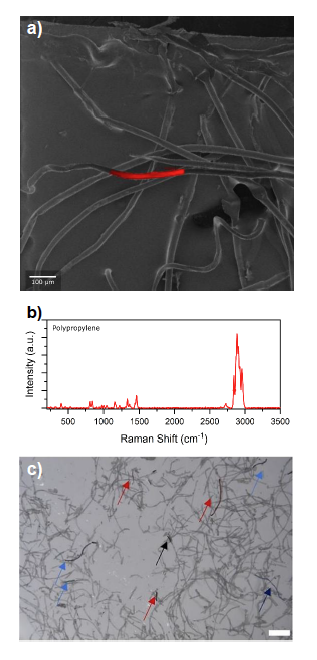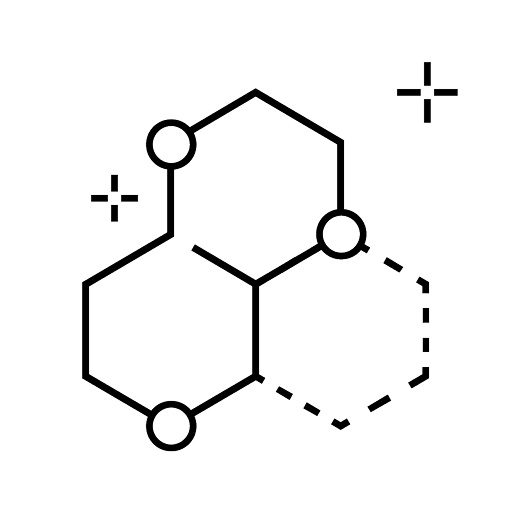The Hidden Cost of Face Masks: Microfibre Pollution
The widespread use of face masks during and after the COVID-19 pandemic has raised significant environmental concerns, particularly regarding microfibre pollution. While disposable masks (DMs) were quickly identified as a source of pollution, reusable washable masks (WMs), often promoted as a sustainable alternative, have received little attention concerning their microfibre release and ecological impact.
The Ecotoxicology Group at SDU, in collaboration with NANOCHEM and the Interreg project PlastTrack, employed advanced analytical techniques, such as confocal Raman imaging and Helium Ion Microscopy (Raman-HIM), to investigate the release of microfibres from various DMs and WMs under simulated daily-use scenarios. Additionally, zebrafish larvae were utilised to evaluate the toxicological effects of the released fibres.
The study revealed that WMs released significantly more microfibres, up to 6.7 million per mask, compared to about 3,000 from DMs. DMs predominantly shed polypropylene (PP) fibres, whereas WMs released a mixture of polyethene terephthalate (PET) and cellulose fibres (see Figure).
These findings raise significant concerns about the environmental impact of both disposable and reusable masks, notably microfibre pollution in aquatic ecosystems. Future research and development should concentrate on low-shedding materials, enhanced textile design, and sustainable waste management strategies. Raising public awareness and encouraging innovative alternatives will be vital in reducing the environmental impact of mask usage.


We combine optical and non-optical imaging on the nanoscale towards a unique national nanoscale chemical imaging facility
Quick Links
Get In Touch
© Nanochem 2024. All Rights Reserved.